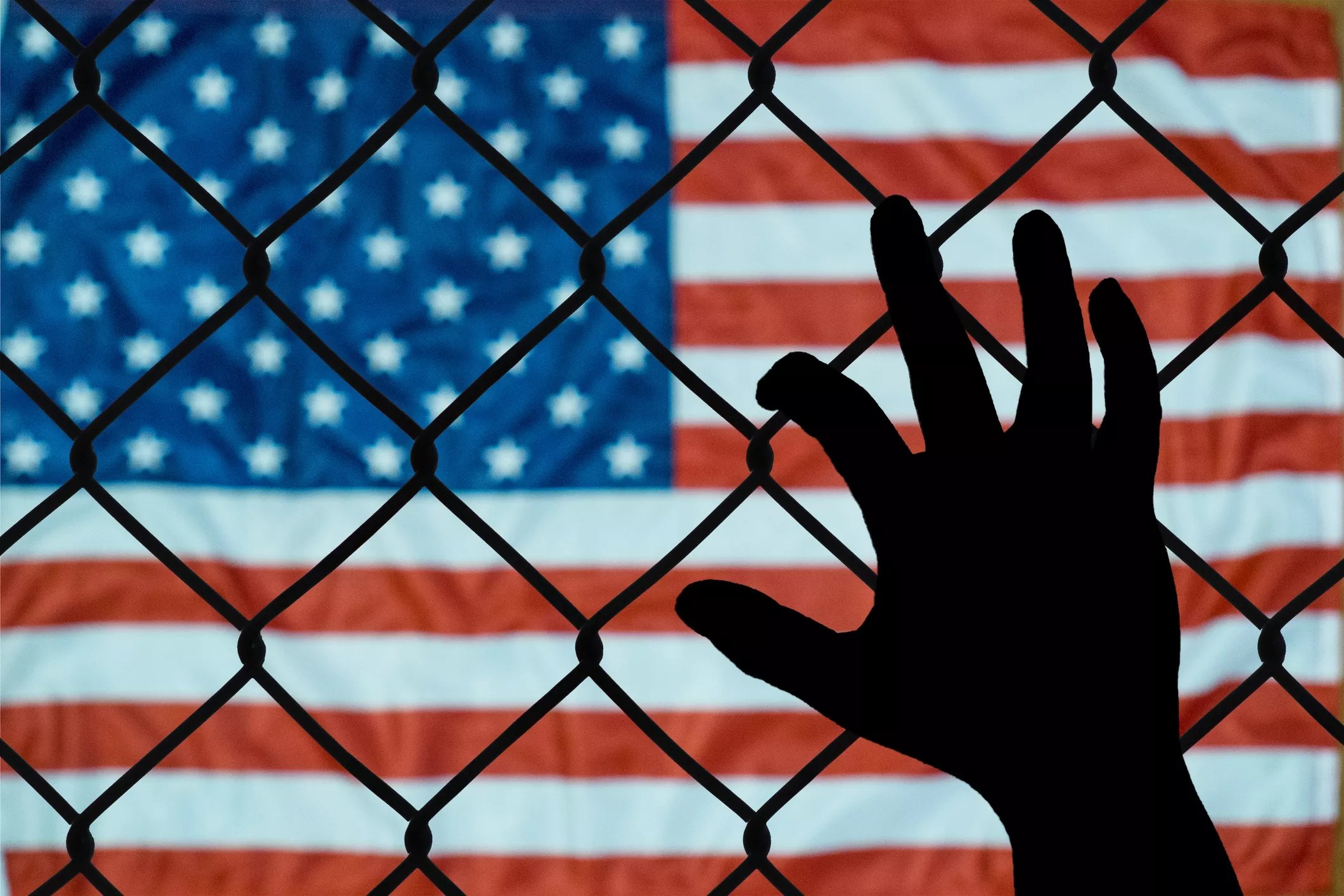
Brad Greeff / iStock

Audio By Carbonatix
On Sunday, President Joe Biden is scheduled to make his first visit to survey the border crisis in El Paso since he became president in 2021. Biden’s opportunity to see firsthand the many thousands of migrants stationed along the southern border comes after U.S. officials say they encountered more than 2 million migrants in 2022.
The timing of the president’s El Paso appearance is also notable due to his announcement on Thursday that he was strengthening the powers under Title 42, a public health law that allows U.S. authorities to turn away migrants crossing into the U.S. illegally. He announced his new policy will allow 30,000 to enter the country legally per month, so long as they are coming from Cuba, Haiti, Nicaragua or Venezuela. Migrants from those country who cross over the border from Mexico illegally will be returned to Mexico.
Also late last week, Texas Attorney General Ken Paxton announced he is again suing the Biden administration over immigration policies. To be clear, Paxton has made suing the current administration a fairly regular occurrence, but the timing of this suit is hard to ignore. A press release from Paxton’s office claims that the Biden administration is “ignoring a federal immigration law, known as the public-charge rule, that prevents illegal aliens from residing in the country if they are likely to rely on taxpayer-funded programs.”
Biden has been criticized at length for not having visited El Paso sooner, and his conflicting messages pertaining to Title 42 haven’t helped him clear things up. Title 42 is the rule former President Donald Trump implemented as a health-related measure designed to stop the spread of COVID-19 by allowing the quick expulsion of illegal immigrants. It was scheduled to end late in 2022, but the Supreme Court extended the rule out of concerns the problems at the border would intensify without it.
Jonathan Blazer, the American Civil Liberties Union’s director of border strategies, is among those who don’t believe Biden has provided a sustainable, humane answer yet.
“Title 42 expulsions were already an unjustifiable misuse of the public health laws,” a statement from the ACLU statement reads. “This knee-jerk expansion of Title 42 will put more lives in grave danger.”
“Based on what I have seen, that isn’t enough. Thirty thousand is a substantial number, but it’s not enough.” – Chris Kelley, Refugee Services of Texas
On Thursday, when announcing his latest measures to ease the border crisis, Biden said, “I don’t like Title 42,” as he also moved to make it stronger, something his administration has already done previously. In his comments to reporters, Biden also pleaded with residents of the four eligible countries to stay home and “apply legally” before traveling to Mexico to enter the U.S. through the nation’s southern border.
A recent report from U.S. Customs and Border Protection notes that individuals from Mexico do not make up the majority of those seeking to enter the U.S. from Mexico. The report states that individuals “fleeing the communist regimes” of Cuba, Nicaragua and Venezuela make up a large portion of the migrants at the border.
Almas Muscatwalla, who serves as border and government liaison for Dallas Responds at Oak Lawn United Methodist Church, has been working with migrants bused into Dallas from Texas migrant detention centers for years. She isn’t yet sure how this will affect her operation.
“Biden’s plan seems restrictive,” she says. “So I’m not sure if we will have more folks from the four countries under discussion. Having said that, it is possible that Cubans, Nicaraguans, Venezuelans and Haitians may take the president’s advice and cross the border legally, in which case we might see an increase in numbers from these countries.”
Last week, her organization assisted migrants from Turkey, Russia, Georgia, Dominican Republic, Ecuador, Columbia, Sri Lanka, Kyrgyzstan, Guyana, Romania and Nicaragua. Chris Kelley, spokesman for Refugee Services of Texas, also is skeptical about how well limiting the number of legal entries to 30,000 per month from four countries will do in terms of providing actual relief along the border.
“Based on what I have seen, that isn’t enough. Thirty thousand is a substantial number, but it’s not enough,” he says. “From what I understand, there’s a population between 100,000 and 150,000 along the southern border at any given time. Maybe over time it will relieve some of the pressure there.”
Migrants must pass background checks and find sponsors already in the U.S. to help them become legal citizens before they enter, and that can also add to the time spent waiting along the border. In his experience, Kelley says Cubans seeking asylum in the U.S. typically have their papers in order, resulting in relatively short processing times, although it can take up to a month while waiting at the border to be granted humanitarian parole under federal law.
Kelley sees similarities in the way many Ukrainians sought legal entry to the U.S. after Russia invaded last year and the way migrants from the aforementioned communist countries are fleeing to the border now, but it’s not completely the same.
“This is a different type of danger that many of these migrants are running from,” he says. “And the United States has not dealt well with those causes, to the best of my knowledge.”